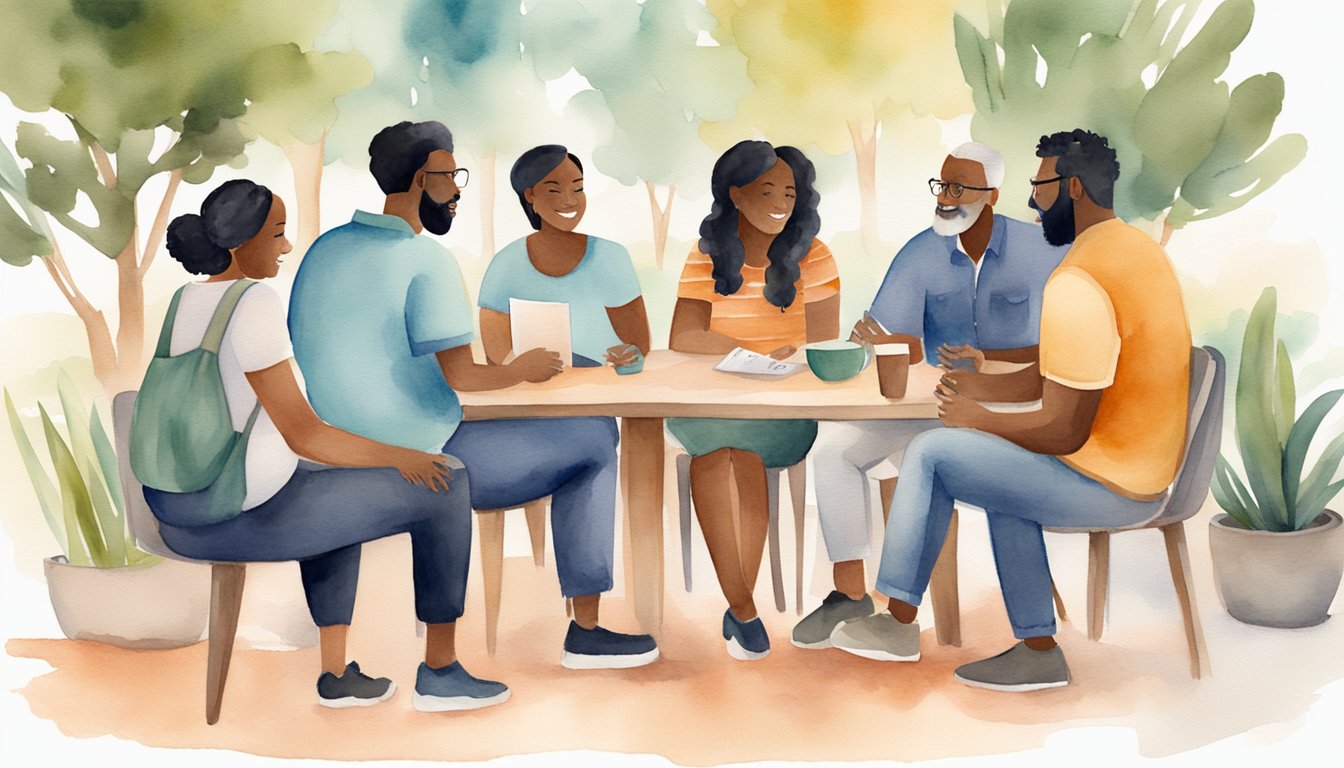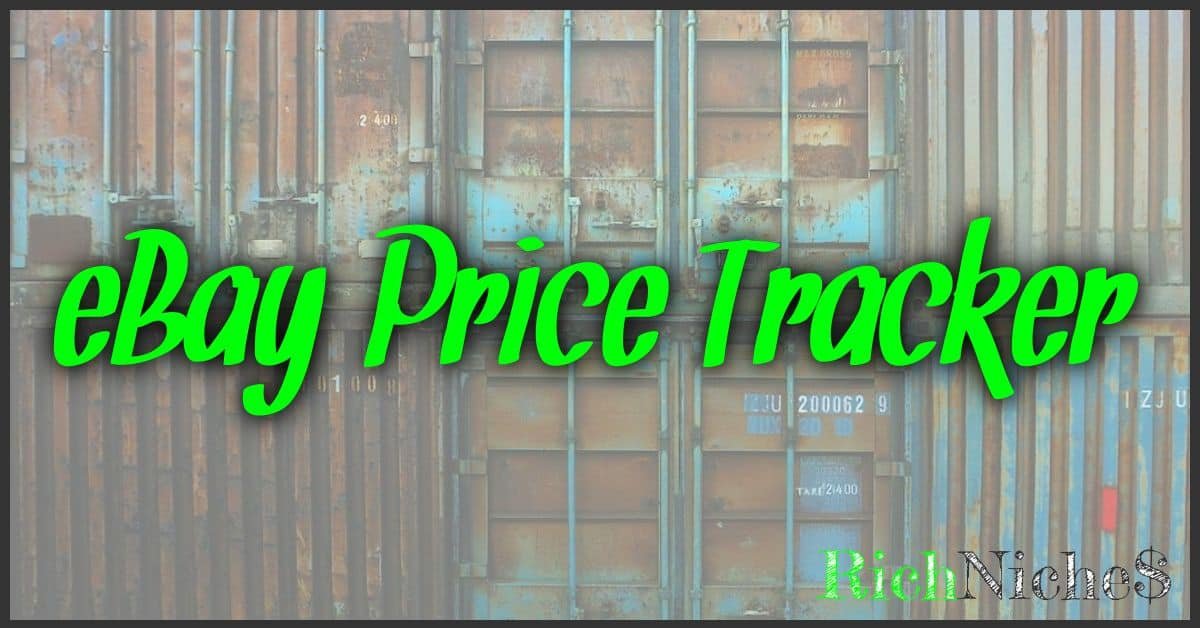A personal blog is a space where you can express yourself to the world, sharing your thoughts, experiences, and ideas. It’s a unique platform that allows for complete creative freedom, where the subject matter is as diverse as the individuals who write them. From documenting daily life to exploring deep personal interests, a personal blog stands as an open diary and a reflection of its author’s personality.
Getting started with a personal blog is an exciting venture. It’s a place where you can connect with a like-minded community and let your voice be heard. Whether you aim to inspire, entertain, or inform, your blog is the canvas for your words. As you advance your blogging skills, growth and monetization may become part of your journey, allowing you to possibly turn your passion into profit.
Key Takeaways
- Personal blogs are a platform for self-expression and creativity.
- Beginning a blog presents an opportunity to build community and share your voice.
- Blogs have potential for growth and can become more than just a hobby.
Getting Started with a Personal Blog
https://www.youtube.com/watch?v=X2-v-NnZrVE&embed=true

Starting a personal blog can be a thrilling and fulfilling endeavor. It allows you to share your thoughts, experiences, and knowledge with the world. To successfully launch your personal blog, focus on the foundations: selecting a robust platform, carving out your niche, and establishing a strong online presence.
Choosing the Right Platform
When planning to start a personal blog, choosing the right platform is crucial. WordPress is widely recommended for its flexibility and extensive community support. Make sure to understand the differences between WordPress.com and wordpress.org, with the latter offering more customization options. Picking the right hosting is also essential – consider factors like uptime, customer support, and scalability.
Deciding on Your Niche
A clear niche helps you attract a devoted audience. Consider your passions – be it lifestyle, travel, fitness, or food blogging. Reflect on what you enjoy and how you can bring fresh perspectives to these topics. Deciding on your niche early helps in creating targeted content and attracting an audience that shares your interests.
Setting Up Your Blog
Setting up your blog involves choosing a domain name that reflects your brand and selecting a suitable template that aligns with your niche. Secure a hosting plan and customize your homepage to make a strong first impression. Platforms like WordPress often come with a variety of templates tailored to different blogging niches.
Planning Your Content Strategy
Develop a content strategy to provide consistent value to your readers. This might include personal stories, book reviews, or coverage of the latest in technology and design. Your content should not only inspire but also provide actionable insights. Use your personal experiences and passion as a compass for generating topics.
Understanding Your Audience
Knowing your target audience is key. Research their interests, online behavior, and preferences to ensure your blog resonates with them. Your readers are likely looking for both inspiration and relatable stories. Tailor your content to address their needs and interests.
Creating a Consistent Posting Schedule
Consistency is vital in blogging. Develop a posting schedule that aligns with your goals and habits. Whether it’s weekly or bi-weekly, letting your audience know when to expect new content helps to build loyalty and keep them engaged.
Building an Effective Brand
Your personal brand is the heart of your blog. It’s a combination of your unique personality, expertise, and the image you want to project to the world. Develop your brand by showcasing your personality and consistently providing high-quality content that aligns with your vision.
Leveraging Social Media
Social media is a powerful tool for promoting your blog. Use platforms where your audience spends time to network, share snippets of your content, and drive traffic back to your blog. Engage with your followers and use social media to expand your reach.
Developing Your Unique Voice
Your voice is what sets you apart. It’s the expression of your personal experiences, your passion, and how you connect with readers. Cultivate a voice that’s authentic to you – one that captures your audience’s attention and keeps them coming back for more.
By following these steps, you’re well on your way to creating a personal blog that’s both rewarding for you and valuable to your readers.
Advancing Your Blogging Skills
https://www.youtube.com/watch?v=X7Vyq44sG7I&embed=true
To enhance your blog’s success, you need to refine your writing, understand SEO, and grasp the essentials of visual design.
Writing Engaging Content
Creating engaging content for your blog involves sharing your personal experiences and thoughts in a way that resonates with your readers. Focus on crafting compelling headlines and opening paragraphs, as these are crucial for grabbing attention. Remember to:
- Be Authentic: Write from your personal experience; it’s unique and relatable.
- Structure Your Posts: Use headings, subheadings, and lists to break up text and make your post skimmable.
Improving SEO Practices
Search engine optimization (SEO) is key to improving your blog’s visibility online. To optimize your blog posts for search engines:
- Keyword Research: Identify and integrate relevant keywords naturally within your content.
- On-Page Optimization: Utilize meta tags, alt text for images, and create SEO-friendly URLs.
Photography and Visual Design Basics
Your blog’s visual appeal can be significantly enhanced by basic photography and design skills. Here’s how you can improve:
- Learn Basic Photography: If you’re blogging about topics like cooking, quality photos of your recipes will enhance your posts.
- Design Principles: Utilize tools to create graphics, ensuring they align with your blog’s look and feel.
Growing and Monetizing Your Blog
https://www.youtube.com/watch?v=t0gzRsgpiYE&embed=true
Growing your blog involves attracting a dedicated audience and providing them with valuable content, while monetization requires leveraging various strategies to earn income from your blogging efforts.
Attracting and Retaining Readership
To grow your blog, focus on creating content that resonates with your target audience and encourages them to become regular readers. Utilize SEO practices to increase your visibility in search engine results and consider building an email list to keep your community engaged and informed about new posts.
Exploring Monetization Options
Monetizing your blog can be achieved through various channels. Affiliate marketing is a popular option, where you can earn commissions by promoting products or services. Display advertising can also provide a steady income once you have sufficient traffic. Additionally, creating and selling your own products or offering paid memberships can lead to a more profitable business model.
Engaging with Similar Bloggers
Networking is crucial in the blogging world. Connecting with fellow bloggers can help you share ideas, gain support, and establish a sense of community. Collaboration and guest blogging are effective ways to reach a wider audience and showcase your expertise.
Working with Brands and Businesses
Partnering with brands through sponsorships can be lucrative if your blog’s brand values align with theirs. They may offer compensation for reviews, sponsored content, or affiliate partnerships. Always disclose any brand relationships to maintain trust with your audience.
Turning Blogging into a Career
If your goal is to become a full-time blogger, approach your blog as a serious business. This means thinking like an entrepreneur, providing professional services, and understanding that freelance opportunities can supplement your income while you grow your blog’s profitability.
Managing a Blog as a Business
Operating your blog as a business requires organization and strategy. Track your finances, understand your audience, and continuously refine your monetization strategies. Remember, your goal is to build a sustainable and profitable brand that resonates with both your audience and potential business partners.
Connecting with Your Blog Community
Fostering a strong community around your blog involves engaging with your readers and providing them with value through various avenues. It’s about making meaningful connections and supporting a network that resonates with your brand.
Responding to Readers’ Feedback
Regularly engage with your readers by responding to comments on your blog posts or social media. Acknowledge their thoughts and insights to show appreciation for their support. This two-way communication helps to build trust and encourages a participatory community atmosphere. An example of personal blogs that thrives on reader interaction can offer guidance on best practices.
Building a Robust Email List
Start by creating an opt-in form on your blog where readers can subscribe to your newsletter. Send out regular updates with content that brings additional value, such as exclusive insights, tips, or early access to your new posts. This email list is your direct line to your audience, good for networking and promoting your content or events. For tips on choosing spaces for your blog community, you might want to check out advice on how to build a blog community.
Hosting Events and Giveaways
Increase engagement and excitement by hosting events such as webinars, Q&A sessions, or live streams. Giveaways provide an interactive way to reward loyal readers and attract new ones. Utilize your email list and social media to announce these events, strengthening your connection with your audience and expanding your community. See how a guide on building relationships through blogging can improve your strategy for engaging with your community.
Exploring Further Blog-Related Opportunities
Once your personal blog is established, consider expanding your online presence and ways to monetize your content. Here are some targeted strategies to take your blogging journey further.
Starting a Vlog or Podcast
Incorporating a vlog or podcast can add a dynamic element to your brand. If you’re comfortable on camera or with a microphone, these formats allow for a more personal connection with your audience. By diversifying your content, you can reach wider audiences who prefer audio-visual media. This can also be a powerful way to enhance your personal brand and provide more opportunities for monetization.
Guest Blogging and Collaborations
Guest blogging on platforms relevant to your niche can help boost your online presence and establish you as an authority in your field. In addition, seek out collaborations with other bloggers and influencers to tap into each other’s audiences. These partnerships are a two-way street that can lead to increased networking opportunities and cross-promotion.
- Networking Benefits:
- Increased exposure
- Shared audiences
- Relationship building
Creating and Selling Digital Products
Your blog can be a launchpad for creating and selling digital products. eBooks, online courses, printables, or workshops can offer your audience more in-depth knowledge and are excellent ways to monetize your expertise.
- Types of Digital Products:
- eBooks – Share your expertise in a comprehensive format.
- Online Courses – Teach your skills through step-by-step lessons.
- Downloadable Guides – Offer actionable solutions and quick tips.
By exploring these opportunities, you’re not only diversifying your blogging business but also reinforcing your personal brand and creating new avenues to monetize your passion.
Staying Motivated and Encouraged
To thrive in blogging, maintaining a sense of motivation and encouragement is crucial. It’s about tapping into the right advice, setting clear goals, and handling the inevitable setbacks with a constructive mindset.
Seeking Blogging Advice and Resources
To keep your blogging journey on track, actively seek out advice from reputable personal development bloggers. They offer a wealth of knowledge that can help you grow both personally and professionally. Additionally, consider following motivational blogs; these can offer daily inspiration and practical tips to keep your blogging goals aligned with your interests.
- Utilize Resources: Check out blogs on personal development for strategies to boost your blogging stamina.
- Engage with the Community: Join blogging forums and social media groups for direct support and advice.
Revisiting Your Goals and Milestones
Your blogging success heavily depends on clear, achievable goals. Regularly review and adjust your milestones to ensure they remain challenging yet attainable. Embrace success and motivational blogs to find new methods that can help you stay aligned with your core interests and the evolving landscape of blogging.
- Set Clear Milestones: Break down your blogging aspirations into smaller, measurable targets.
- Celebrate Successes: Acknowledge and reward every achievement to fuel your continued progress.
Dealing with Challenges and Setbacks
Facing challenges is part and parcel of the blogging world, and overcoming them builds resilience. When setbacks occur, remind yourself of the ‘why’ behind your blog. Seek insights from established bloggers who have navigated similar challenges and came out stronger. Embracing a risk-averse approach can prevent some hurdles, but also remember that calculated risks can lead to significant rewards in blogging.
- Stay Positive: Approach setbacks with a can-do attitude and switch them into learning experiences.
- Mitigate Risks: Learning from others can help you identify potential risks and develop strategies to avoid them.
Notable Personal Blog Examples
Exploring personal blogs is like finding a treasure trove of unique experiences and valuable insights. As you journey through these examples, you’ll see how diversity in topics and strategies can lead to blogging excellence and influence.
Showcasing a Range of Niches
Personal blogs truly shine when they cover a gamut of niches, each offering a window into different interests and lifestyles. For instance, the Minimalist Baker is an exemplary food blog that simplifies cooking with recipes requiring 10 ingredients or less. On the other end of the spectrum, blogs like Love That Max focus on personal stories, particularly about children with disabilities. Both demonstrate that successful blogs often stem from the heart and revolve around the blogger’s passion.
Learning from Successful Bloggers
What sets some personal bloggers apart is their ability to turn a blog into a beacon for like-minded individuals. Zen Habits, notable for its simplicity and focus on mindfulness, illustrates the impact of sharing personal growth and productivity strategies. Gala Darling, a blog that embraces radical self-love, shows how a personal blog can cultivate a community and evolve into a brand. By analyzing the journeys of these bloggers, you’ll notice they share one thing in common: consistency. Be it daily posts or themed content, their success lies in a steady flow of quality content.
Analyzing Blog Growth Strategies
Understanding how a blog grows involves dissecting the strategies that successful bloggers use. Take Mr. Money Mustache, for example; it began as a personal finance blog and grew into a movement advocating financial freedom through frugality and smart investing. Successful bloggers often employ a mix of engaging content, SEO tactics, and social media presence to build their audience. By examining these approaches, you can glean insights into the different ways successful personal bloggers expand their reach and influence.
Conclusion
Crafting an effective conclusion to your personal blog post is crucial—it’s the final impression you leave with your readers. Here’s a quick guide on how to create a lasting impact:
- Summarize Key Points: Quickly revisit the main insights you’ve shared, much like a summary that reinforces the value of your post.
Look Ahead: Give a sneak peek into what’s coming next. This keeps your readers looking forward to your future content and builds anticipation.
-
Call to Action (CTA): Encourage your readers to engage. Whether it’s to comment, share, or read another post, this can serve as a bridge to more of your work, akin to the dynamic personal blog examples by Appy Pie.
-
Personal Touch: Don’t hesitate to end on a personal note. A heartfelt thank you or a relatable closing thought adds warmth and authenticity to your conclusion.
Remember, your ending is as important as your introduction. It’s your chance to make your blog stick in the minds of your readers. So, take a moment to polish it until it resonates with your personal style and the core message of your post.









